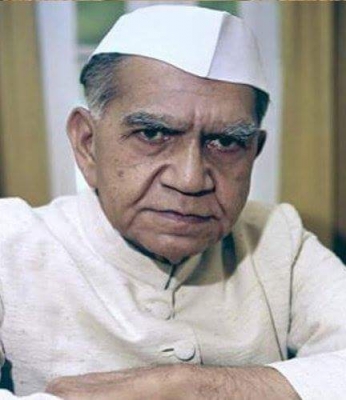
K R Narayanan (25 July 1997 – 25 July 2002)
K R Narayanan was the first Indian president from the Dalit community. He was also the first person from Kerala to be elected as the president of our nation. In 1997, he succeeded Shankar Dayal Sharma as the tenth President of India, occupying the office till 2002. Narayanan did not hesitate to talk his mind, and he is regarded as an independent and assertive president who set several precedents.
K R Narayanan was born on 4th February, 1921 in the village of Uzhavoor in the Kottayam district in Kerala. He was born and brought up in a poor family. He had to walk for miles to reach his school, only to stand outside the class to attend the lectures, as his fees were always overdue.
After enduring such hardships he obtained his BA and MA in English literature from the University of Travancore, present day University of Kerala, standing first in the university. After finishing college he moved to Delhi and took up a job as a journalist. For one year he worked at The Hindu, and later joined The Times of India, as a reporter.
With the help of a scholarship by JRD Tata he studied Economics and Political Science at the London School of Economics. After finishing his education in London, he returned to India. At that time he met Jawaharlal Nehru who offered him a job in the Indian Foreign Service. He joined the IFS in 1949. He was a very good diplomat.
In 1984 on Indira Gandhi’s request Narayanan entered into electoral politics. He won three successive general elections to the Lok Sabha in 1984, 1989, and 1991. He was also a minister in the Rajiv Gandhi cabinet.
In 1992, former prime minister V P Singh suggested his name as the vice president of India. He served as the ninth vice president from 1992 to 1997. After completion of his tenure he was elected as the President of India and assumed office on 25th July 1997. He served for five years and retired in 2002.
Picture Credit : Google





